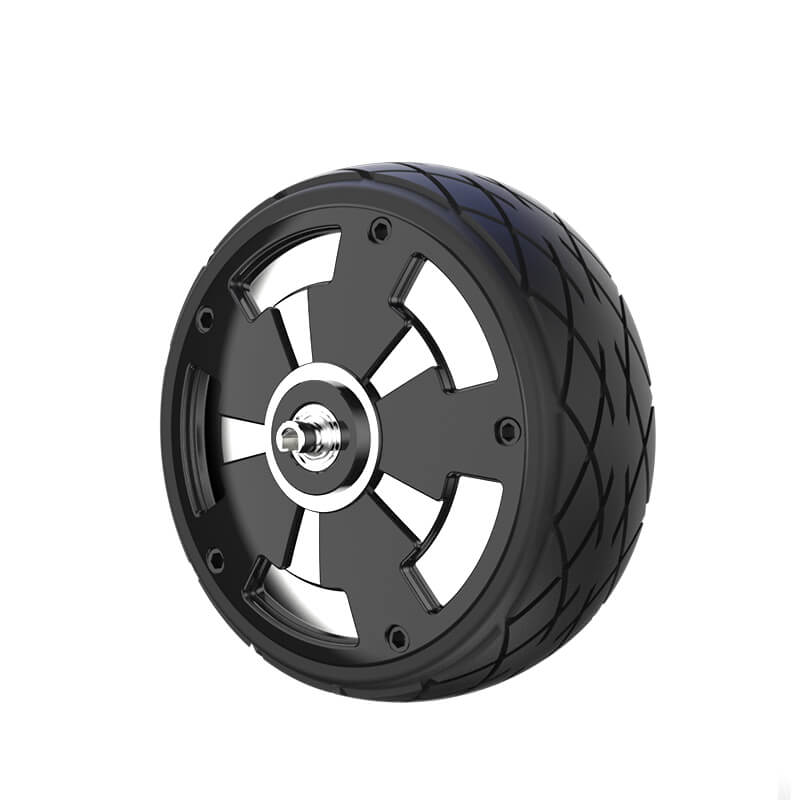Introduction: The Power of Arduino and Servo Motors
The world of electronics and DIY robotics has been transformed, thanks to accessible platforms like Arduino. Whether you're an aspiring maker, a student, or a seasoned engineer, Arduino's simplicity combined with its robust capabilities makes it a favorite for countless projects. Among its most popular components is the servo motor—a versatile device that translates electrical signals into precise angular motion. When paired with Arduino, servo motors become powerful tools for creating everything from robotic arms to camera stabilizers.

But how exactly does one control a servo motor with Arduino? At its core, the process is surprisingly straightforward, yet it opens doors to an enormous spectrum of creative possibilities. From simple position adjustments to complex autonomous systems, mastering servo control with Arduino hinges on understanding both the hardware and the software—especially the Arduino code that directs the motor.
In this article, we will embark on a journey through the essentials of controlling a servo motor using Arduino. We'll explore the fundamental concepts, necessary components, and, most importantly, how to craft efficient, intuitive code that makes your projects come alive. Whether you're just starting or looking to refine your skills, this guide aims to make servo control clear, fun, and highly achievable.
Understanding the Basics: What is a Servo Motor?
Before diving into programming, let's demystify what a servo motor is and what makes it different from regular motors. A servo motor is an actuator that accurately positions its arm or shaft within a specified angular range, typically 0 to 180 degrees or sometimes more. It consists of a small DC motor, a gear train, a feedback potentiometer, and a control circuit. This internal mechanism allows the servo to receive a control signal—usually a pulse width modulation (PWM)—and then adjust its position accordingly.
This ability to hold a position with high precision makes servo motors ideal for applications where accurate movement is necessary. Think of robotic arms, camera gimbals, RC vehicles, or even automated window blinds—servo motors make these projects possible with just a simple control signal.
Needed Hardware Components
To start controlling a servo with Arduino, you'll need the following:
Arduino Board: Uno, Mega, Nano, or any compatible model Servo Motor: Standard hobby servo like SG90 or MG996R Power Supply: Depending on your servo, a dedicated power source capable of providing enough current Connecting Wires: Jumper wires for connections Breadboard: Optional, for easier connections and prototyping
The beauty of servo motors lies in their simplicity; most hobby servos require only three connections:
Power (usually red): Connect to 5V on Arduino or external power if needed Ground (usually black or brown): Connect to ground (GND) on Arduino Control Signal (usually yellow or white): Connect to one of the Arduino's PWM pins (e.g., pin 9 or 10)
Getting Started with Arduino IDE
Once hardware is assembled, open up the Arduino Integrated Development Environment (IDE). The IDE is where you'll write, upload, and monitor your code. To control a servo motor, the Arduino IDE uses a dedicated library called the Servo library, which simplifies the process considerably, handling the PWM signals behind the scenes.
The Arduino Servo Library
The Servo library provides a straightforward API to control servo motors. Its core functions include:
attach(pin): Connects the servo object to a specific PWM-capable pin write(angle): Sets the servo's position in degrees (0-180) writeMicroseconds(us): Sets the position via specific pulse width in microseconds (1000-2000 typical) read(): Returns the last angle set detach(): Disconnects the servo, stopping control signals
Using the library, controlling a servo becomes as simple as telling it to go to a specific angle. From there, you can add logic, sensors, or controls to make your project responsive and interactive.
First Example: A Basic Servo Control Program
Here's a simple example to get you started:
#include // Include the servo library Servo myServo; // Create a servo object void setup() { myServo.attach(9); // Attach the servo to pin 9 } void loop() { myServo.write(0); // Move servo to 0 degrees delay(1000); // Wait for a second myServo.write(90); // Move to 90 degrees delay(1000); myServo.write(180); // Move to 180 degrees delay(1000); }
This code sequentially moves the servo to 0°, then 90°, then 180°, pausing one second at each position. It demonstrates basic control with minimal effort.
Delving Deeper: Fine-Tuning Servo Movements
Control isn't just about moving from one position to another; smooth, precise movements enhance the quality of your projects. You can animate your servo by gradually changing its position in small increments:
for (int pos = 0; pos <= 180; pos += 1) { myServo.write(pos); delay(15); // Small delay for smoothness }
You can also create back-and-forth motions or responsive behaviors based on sensors, buttons, or remote commands. The real magic begins when you combine the servo control code with other components.
The Role of PWM and Timing
Servo controls are typically handled using PWM signals—pulses of on/off signals with specific widths that encode the position. In many microcontrollers, PWM signals are generated automatically; the Arduino's Servo library abstracts this process. Control signals generally consist of pulses lasting between 1 ms (for 0°) and 2 ms (for 180°), repeated every 20 ms.
Understanding these control signals can help you troubleshoot or build custom control systems, but for most hobbyist applications, the library's abstraction is more than enough.
Upcoming: Making Your Projects Smarter
Now that you've grasped the basics, you're poised to add layers of complexity—integrate sensors for feedback, use potentiometers or touch sensors for manual control, or even program autonomous behaviors. With the ease of Arduino code, controlling multiple servos to create multi-jointed robots or structural mechanisms opens up endless creative avenues.
In the next section, we'll explore more advanced control techniques, include example code for common scenarios, and talk about best practices for powering and safeguarding your servo motors. So stay tuned—your robotic dreams are just a few lines of code away!
Established in 2005, Kpower has been dedicated to a professional compact motion unit manufacturer, headquartered in Dongguan, Guangdong Province, China.




































